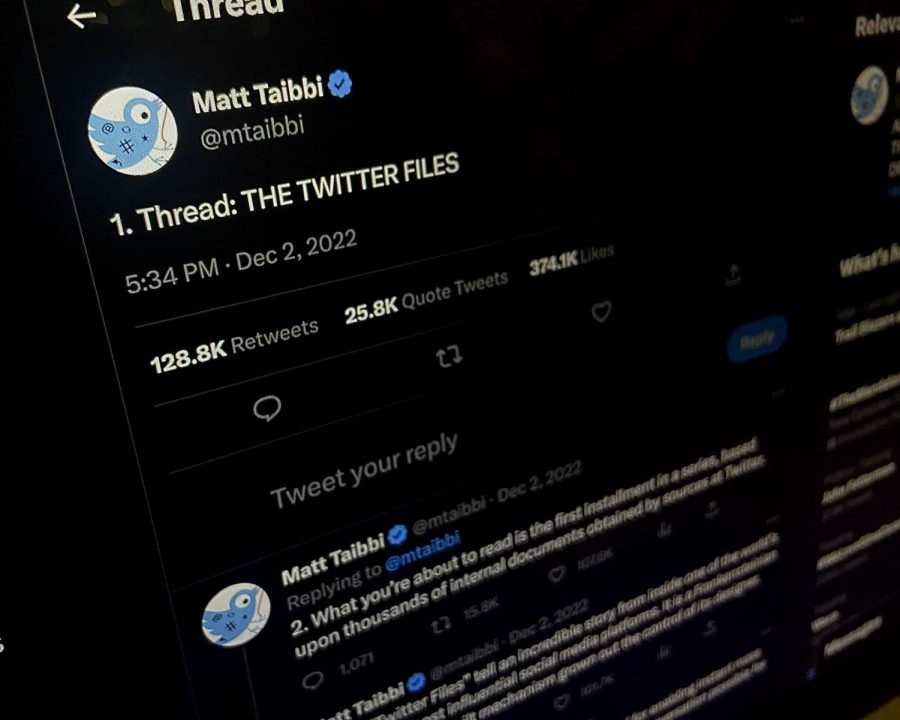As tensions rise in the Gulf of Hormuz, the possibility of a conflict erupting between the United States and Iranian forces is garnering the attention of think tanks, politicians and journalists alike. But what would a conflict actually look like? Would it wield the same results as the US involvement during the Tanker War crisis, where US forces successfully proved its superiority in naval force through a series of small, surgical strikes against Iranian oil platforms? Or, alternatively, would it be a bloodbath that would result in thousands of US dead and billions in damage?
Given the strategic nature of the Strait, this is a fair question to ask. 1/6th of the world’s oil passes through these hostile waters, and the failure of the United States to ascertain complete knowledge of victory in the event of conflict could result in the world’s economy plummeting again in a downwards spiral.
In fact, a freighting look into a modern day US-Iranian conflict begins in 2002 during Operation Millennium Challenge, which was a US war game to test new network centered strategies. The situation in this “war” was a conflict between Blue and Red forces in the Straits of Hormuz. Blue forces represented the United States while Red forces represented an unnamed Middle Eastern threat.
The war game was the largest of its kind. Using a mixture of real life military units to represent troop movements and hi-tech computer simulators to represent combat, this game cost 250 million dollars in taxpayer money and over 3 years of planning.
On the second day of the game, Red force commander, a retired Marine Corp Lt. General named Paul Van Riper, sent speedboats to determine the position of the Blue fleet. On the third day, Red force made a startling surprise attack against Blue Naval Forces. However, this attack was not done with conventional naval forces such as frigates, cruisers, or destroyers. The attack was a crippling attack of cruise missiles launched from a combination of small boats and shoreline installations.
These missiles overwhelmed Blue Naval Force’s defense systems and, as a result, 16 warships were lost. A sobering projection of 20,000 Blue Sailors and Marines were killed because of the attack. Then, while Blue forces were scrambling to regroup, Red Naval Forces conducted a host of suicide attacks against the remaining Blue Naval Forces via a combination of small boat and propeller powered planes, thus destroying a significant portion of the scattered remnants of the Blue fleet.
So then, why did Blue forces incur such heavy losses? One key factor is the geographical terrain in which the war game was supposed to take place in. The Strait of Hormuz is a perfect example of a commander’s worst nightmare. Due to it’s littoral, meaning close to shore, nature, it is the perfect zone to use cruise missiles and mines, which are called anti-access weaponry. These weapons led to a revolution in US Naval and Marine Corp doctrine when, in the late 80s, the United States came up with the concepts of Seabasing and Expeditionary Maneuver Warfare.
But why are littoral zones and anti-access weapons so dangerous for naval forces? 1. Littoral areas are in close proximity to shore and are only 200 feet deep at maximum. This close proximity to the shoreline means that if enemy cruise missiles were fired from an enemy shore, a US fleet would only have minutes to react, which is often not enough time. 2. The shallowness of the littoral zone makes it a perfect environment for mines. There is, however, a third reason that is solely applicable to a strait. Given the fact that the Strait of Hormuz is only 21 miles wide at it’s chokepoint, there isn’t a whole lot of maneuvering room for fleets. Unlike in the open ocean, where it’s vastness allows a fleet to sail around a minefield, the narrowness the Strait of Hormuz would allow an enemy fleet to mine the waters from one side to the other, thereby creating a line of mines that couldn’t just be sailed around.
Furthermore, the US Navy is not extremely concerned about Iran’s conventional naval force. In fact, a naval official stated in a CSIS conference that going to war with Iran’s navy would be like “Clubbing baby seals.” The threat does not lie in their Navy, it lies in their ability to adequately deploy and use various anti-access weaponry.
In closing, I am not trying to say that the US is facing impossible odds. I am merely proposing the reality that a conflict with Iran could end in a horrible military disaster, even though we would most likely win in a one sided fashion. Even then, everyone must consider the mass amounts of money that would have been spent in our pursuit of victory. While I’m not advocating that we back down from the aggressive nuclear policies of Iran, and I would most certainly take military action over major appeasement, I do think that the politicians should not blow the trumpets of war just yet. America is not an invincible country; we cannot survive a perpetual state of tiresome wars and conflicts that drain our resources. We are just getting out of a long and costly war, do we really want another?





